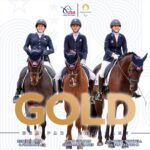Horses have played a vital role in supporting soldiers on and off the battlefield. From world-famous chargers to less illustrious animals, explore the stories of some of the most incredible horses in British military history.
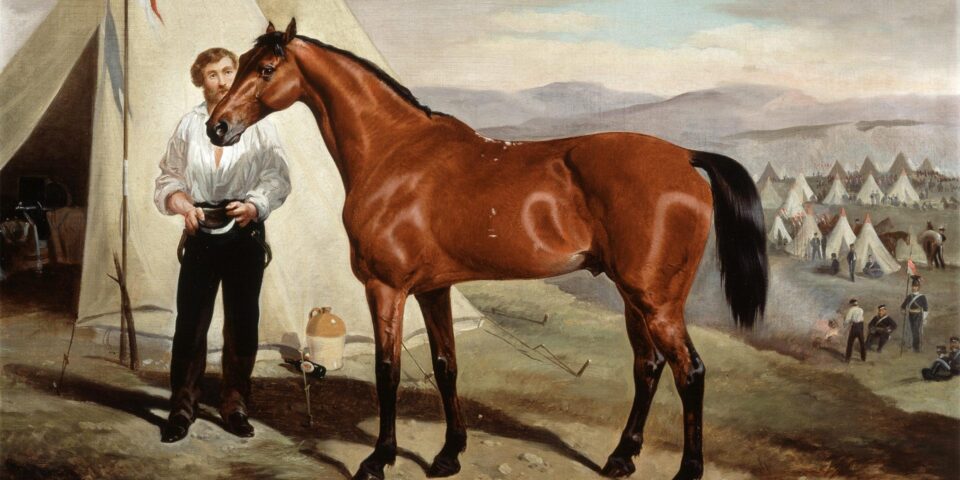
Sir Briggs: the survivor
Briggs was a steeplechase champion named after a family servant. His owner, Captain Godfrey Morgan, purchased him in 1851.
During the Crimean War (1853-56), Morgan commanded a squadron of the 17th Regiment of Light Dragoons. They took part in the infamous Charge of the Light Brigade during the Battle of Balaklava (1854), where 370 horses were killed. Briggs showed remarkable bravery during the battle, despite taking a sabre wound to the head. Afterwards, he was unofficially knighted ‘Sir Briggs’.
Briggs survived the tough conditions of a war that saw many other horses perish from starvation and fatigue. He eventually died in 1874 and was commemorated with a memorial in the grounds of Tredegar Park, his master’s home in Wales.
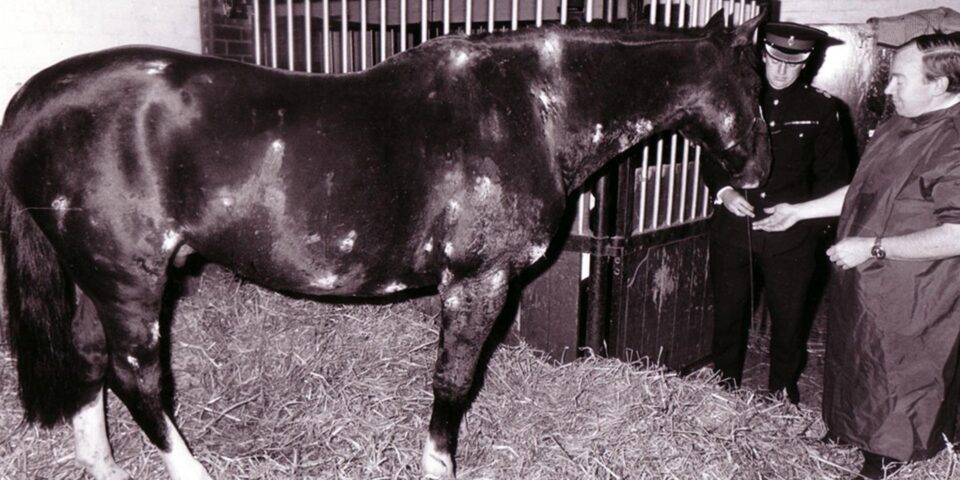
Sefton
Sefton: the public hero
Sefton became a very popular and famous horse in 1982 after surviving a terrorist attack by the Irish Republican Army (IRA). Seven horses and four soldiers were killed in the bombing in Hyde Park and Sefton was severely wounded.
After recovering, Sefton returned to duty with the Household Cavalry. He received thousands of ‘get well’ cards and was made Horse of the Year in 1984 in recognition of his bravery and popularity. He retired later that year, after 17 years of British Army service, and lived to the grand age of 30.
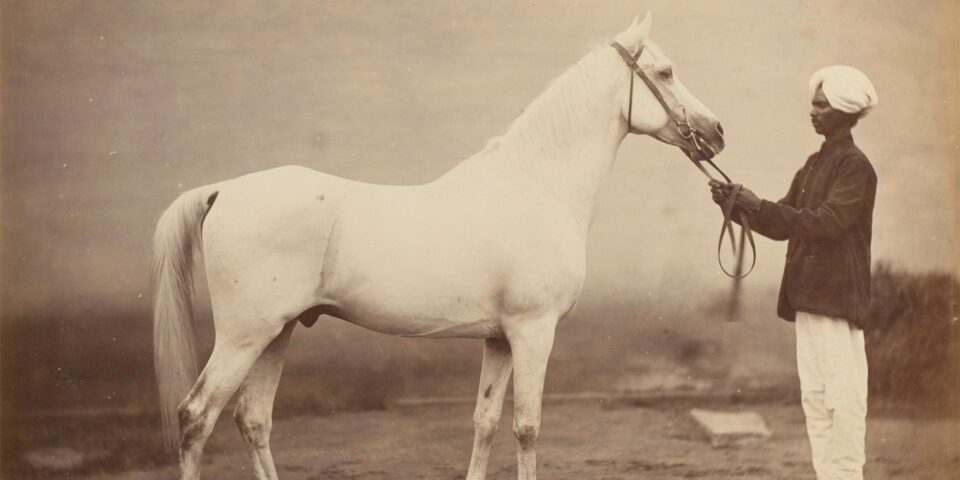
Vonolel: the reliable steed
Vonolel was a nimble grey Arab horse purchased in Bombay by Field Marshal Lord Roberts. He carried his master on the 300-mile (480km) march from Kabul to Kandahar during the Second Afghan War (1878-80).
The pair were a perfect match. Lord Roberts was only 1.62m tall (5 feet 4 inches), while Vonolel was little bigger than a pony.
Queen Victoria awarded Vonolel three medals for his service. He also had the honour of being in the procession for her Diamond Jubilee in 1897. He died in 1899 and was buried at the Royal Hospital Kilmainham in Dublin.
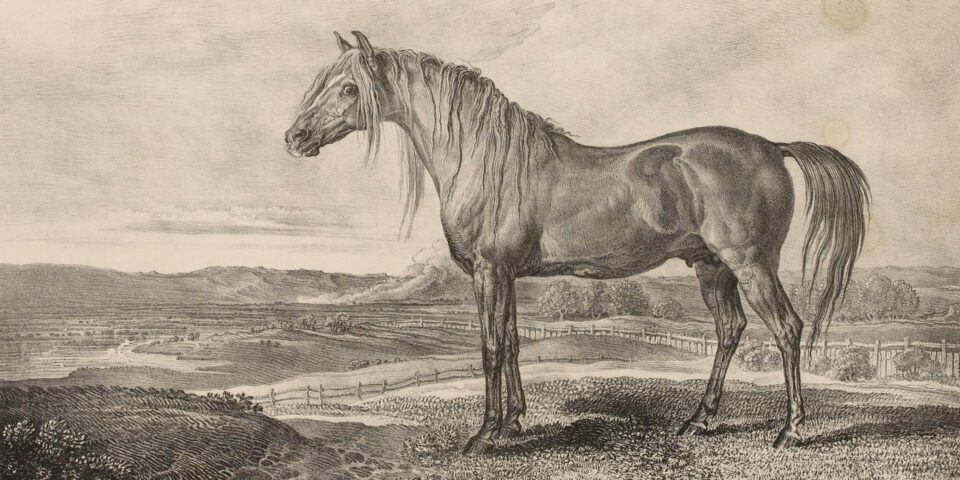
Copenhagen
Copenhagen: the celebrity
Copenhagen was the Duke of Wellington’s horse. He was purchased during the Peninsular War (1808-14) and carried the Duke into most of his major battles, including Waterloo (1815).
He became as famous as his master after the Napoleonic Wars (1803-15), often attending parades and celebrations with the Duke on board. Hair was snipped from his tail and turned into jewellery. And, when the Duke became Prime Minister in 1828, he rode Copenhagen to Downing Street.
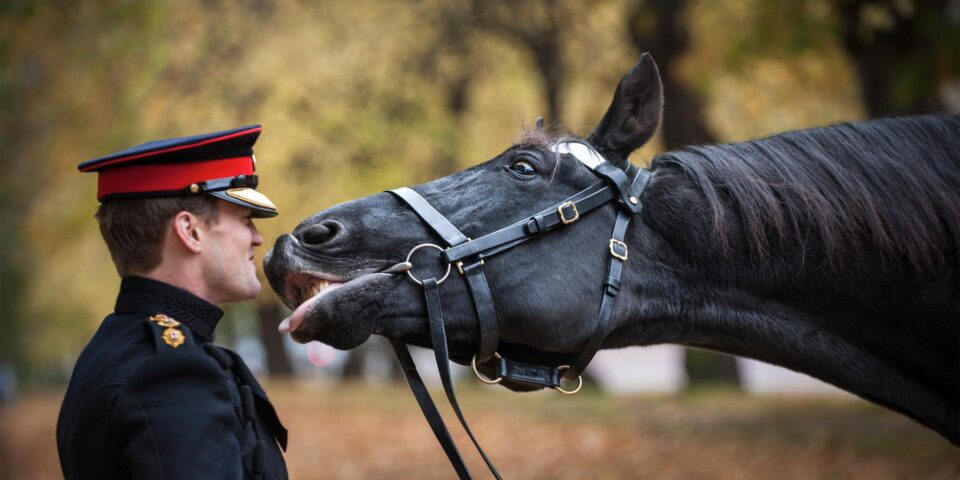
Thomas: the flirt
Thomas joined the Household Mounted Cavalry Regiment in 1993. Unlike the other horses listed here, he didn’t have to endure the trials of combat during his career, but instead had the job of escorting the Queen on ceremonial duties. Just like a human soldier, he had to display impeccable good behaviour, dignity and discipline.
Thomas served at several major national events: The Queen’s Gold and Diamond Jubilees in 2002 and 2012, the Royal Wedding in 2011, and the London 2012 Olympics.
But some of Thomas’s behaviour was distinctly unsoldierly. He gained a reputation as the lover boy of the Household Cavalry Barracks in Knightsbridge by delivering sloppy kisses to his handlers. It was common for new recruits to be asked ‘Have you kissed Thomas?’ when they were sent to the riding school and anyone offering him a treat would receive a snog in return.
After such a ‘passionate’ and prestigious career, Thomas retired aged 22 in 2012, after 19 years of service. He put his hooves up at the Berkshire home of another veteran of the Household Cavalry, Farrier Corporal Michael Wood. They later moved to Sweden, where Thomas found a lady love to bestow his kisses upon: Wood’s daughter!
For more “Horse Heros” information visit www.nam.ac.uk/explore/horse-heros
